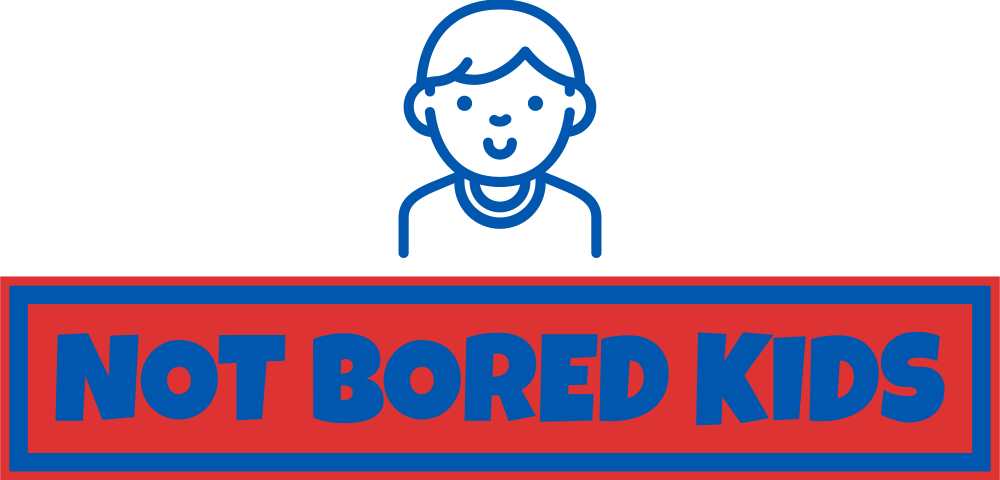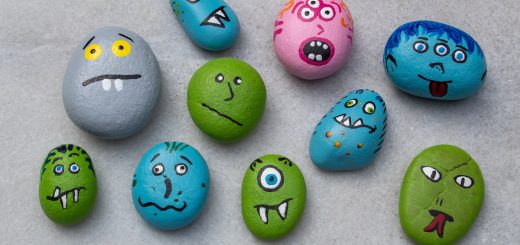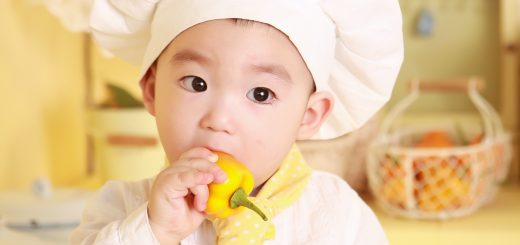15 Exciting and Easy Science Experiments for Kids to Do at Home

Science experiments are a fantastic way to engage children’s curiosity and foster a love for learning. With just a few simple household items, you can create memorable and educational experiences right in the comfort of your own home. Here, we’ll explore 15 exciting and easy science experiments that are perfect for kids of all ages. These experiments are not only fun, but they also offer valuable insights into various scientific concepts. So, roll up your sleeves and get ready for some hands-on learning!
Experiment 1: Homemade Volcano
Materials:
Play-dough, plastic bottle, baking soda, dish soap, red food coloring, vinegar
Steps:
- Mold the play-dough around the plastic bottle to create a volcano shape.
- Add a spoonful of baking soda and a few drops of dish soap and red food coloring into the bottle.
- Pour vinegar into the bottle to trigger a fizzy eruption, explaining that the reaction between the vinegar (acid) and baking soda (base) produces carbon dioxide gas.
Experiment 2: Invisible Ink
Materials:
Lemon juice, paper, cotton swab, iron
Steps:
- Dip a cotton swab in lemon juice.
- Use the swab to write a message on a piece of paper.
- Allow the juice to dry completely.
- Gently heat the paper using an iron on its lowest setting to reveal the hidden message, explaining how lemon juice acts as an organic substance that oxidizes when heated.
Experiment 3: Lemon Battery
Materials:
Lemon, zinc nail or screw, copper coin, LED light (optional)
Steps:
- Insert a zinc nail or screw into one side of the lemon.
- Insert a copper coin into the other side of the lemon.
- If using an LED light, touch the positive end (longer leg) to the copper coin and the negative end to the zinc nail.
- Observe as the lemon generates enough electrical current to power the LED light, showcasing the basic principles of a battery.
Experiment 4: Dancing Raisins
Materials:
Clear glass, raisins, carbonated soda
Steps:
- Fill a clear glass with carbonated soda.
- Drop a few raisins into the glass.
- Observe as the raisins start to move up and down in the soda. Explain that the bubbles attach to the rough surface of the raisins, causing them to rise. When the bubbles pop at the surface, the raisins sink again.
Experiment 5: Rainbow Milk
Materials:
Milk, shallow dish, food coloring, dish soap, cotton swabs
Steps:
- Pour enough milk to cover the bottom of the shallow dish.
- Add drops of different food coloring to the milk.
- Dip a cotton swab in dish soap and gently touch the milk’s surface.
- Watch in awe as the colors swirl and move, explaining how the soap molecules interact with the fat molecules in the milk.
Experiment 6: Balloon Blow-Up
Materials:
Empty plastic bottle, vinegar, baking soda, balloon
Steps:
- Pour vinegar into the empty bottle until it’s about one-third full.
- Fill the balloon with baking soda (using a funnel for easier pouring).
- Carefully stretch the balloon over the bottle’s opening without spilling the baking soda.
- Lift the balloon to allow the baking soda to mix with the vinegar, producing carbon dioxide gas and inflating the balloon.
Experiment 7: Growing Crystals
Materials:
Borax, pipe cleaners, string, pencil, wide-mouthed jar
Steps:
- Bend the pipe cleaners into shapes like hearts, stars, or any desired form.
- Attach a piece of string to each shape and tie the other end to a pencil.
- Fill a wide-mouthed jar with a solution of borax dissolved in hot water.
- Suspend the pipe cleaner shapes into the solution using the pencil, ensuring they don’t touch the sides or bottom.
- Leave the jar overnight and observe the beautiful crystals that form on the shapes.
Experiment 8: Static Electricity Butterfly
Materials:
Thin plastic sheet, scissors, tissue paper, pipe cleaner
Steps:
- Cut a butterfly shape from the plastic sheet.
- Cut small pieces of tissue paper and lay them on the wings.
- Rub the plastic butterfly with a cloth to create static electricity.
- Watch as the tissue paper sticks to the wings, demonstrating the power of static charge.
Experiment 9: Egg in a Bottle
Materials:
Hard-boiled egg, glass bottle with a narrow neck, matches
Steps:
- Peel the hard-boiled egg.
- Light a match and drop it into the bottle.
- Quickly place the egg on top of the bottle’s opening.
- Watch as the egg gets sucked into the bottle due to the change in air pressure as the match burns out.
Experiment 10: Sink or Float
Materials:
Various small objects (e.g., coin, paperclip, cork, toy), bowl of water
Steps:
- Gather a selection of small objects.
- Predict whether each object will sink or float in water.
- Test each object by placing it in the bowl of water and observe the outcomes.
- Discuss the concept of buoyancy and why some objects float while others sink.
Experiment 11: Oobleck – The Non-Newtonian Fluid
Materials:
Cornstarch, water, food coloring (optional)
Steps:
- Mix cornstarch and water in a bowl until you get a gooey consistency.
- Add a few drops of food coloring if desired.
- Try to squeeze, punch, or tap the oobleck and observe its behavior.
- Explain that oobleck is a non-Newtonian fluid, which means it doesn’t follow typical viscosity rules—it’s both a liquid and a solid!
Experiment 12: Rainbow Jar
Materials:
Different liquids with varying densities (honey, corn syrup, dish soap, water, vegetable oil), food coloring, tall glass
Steps:
- Fill the tall glass with the liquids in the following order: honey, corn syrup, dish soap, water, and vegetable oil.
- Add a drop of food coloring to each layer, corresponding to the colors of the rainbow.
- Observe as the liquids form distinct layers due to their different densities, creating a beautiful rainbow effect.
Experiment 13: Lava Lamp
Materials:
Clear plastic bottle, water, vegetable oil, food coloring, Alka-Seltzer tablets
Steps:
- Fill the plastic bottle about one-quarter full with water.
- Pour vegetable oil into the bottle, leaving some space at the top.
- Add a few drops of food coloring to the oil.
- Drop a piece of an Alka-Seltzer tablet into the bottle and watch as bubbles carry colored blobs up and down, mimicking a lava lamp’s movement.
Experiment 14: Chromatography Butterflies
Materials:
Coffee filters, washable markers, pipe cleaners, water
Steps:
- Cut a coffee filter into a butterfly shape.
- Use washable markers to draw dots near the center of the butterfly.
- Dip the bottom of the filter in water, allowing it to soak up.
- Observe as the colors separate and spread on the filter, creating beautiful patterns.
- Once dry, attach a pipe cleaner to the middle to create a chromatography butterfly.
Experiment 15: Baking Soda and Vinegar Rockets
Materials:
Film canister with a tight-fitting lid, baking soda, vinegar, tissue paper, safety goggles
Steps:
- Put a teaspoon of baking soda inside the film canister’s lid.
- Pour a small amount of vinegar into the canister.
- Quickly close the lid and place the canister upside down on the ground.
- Stand back and wait for the lid to pop off, launching the canister into the air.
Always wear safety goggles when conducting this experiment.
These 15 simple science experiments offer an excellent opportunity to nurture your child’s curiosity and spark their interest in the world of science. By engaging in hands-on activities, kids can learn about concepts like chemical reactions, surface tension, static electricity, and more. Remember to foster a sense of curiosity and encourage questions during these activities. As you dive into each experiment, you’re not only creating fun memories but also laying the foundation for a lifelong appreciation of science and discovery. Enjoy the wonders of experimentation and exploration right from the comfort of your own home!



